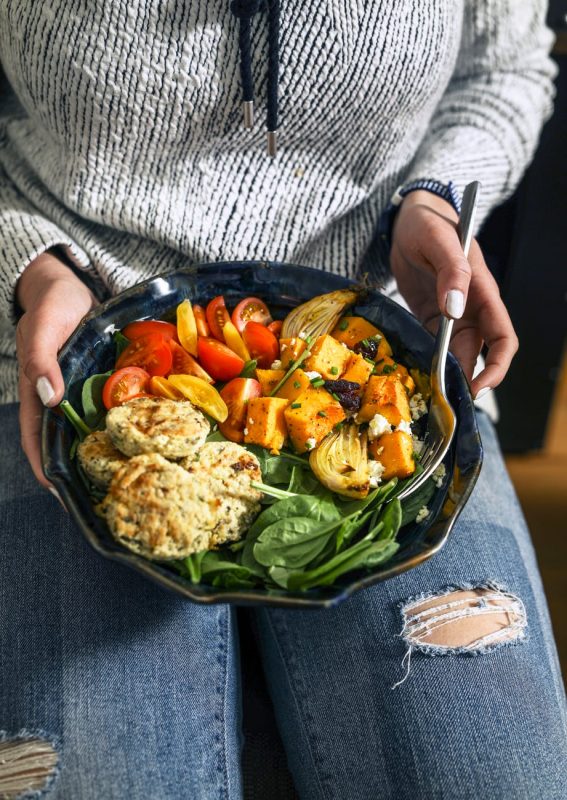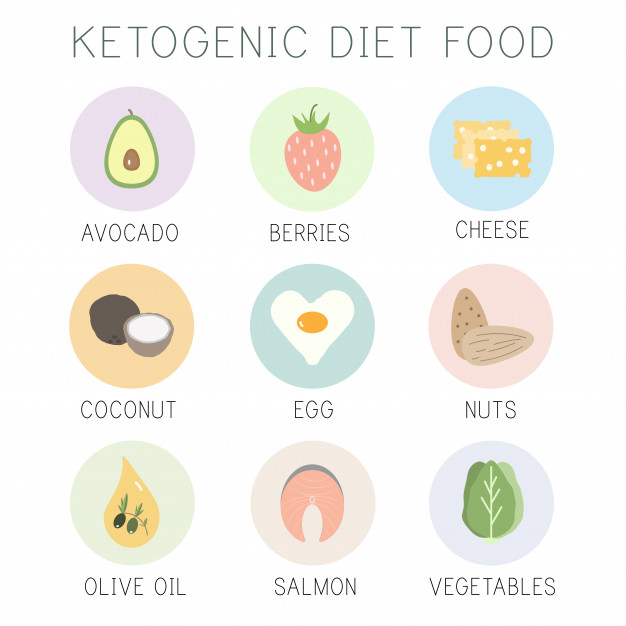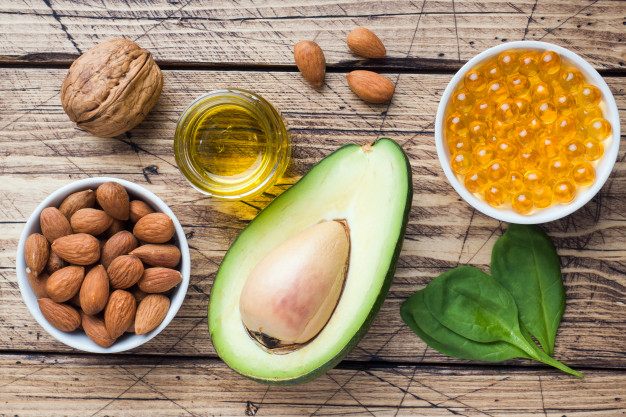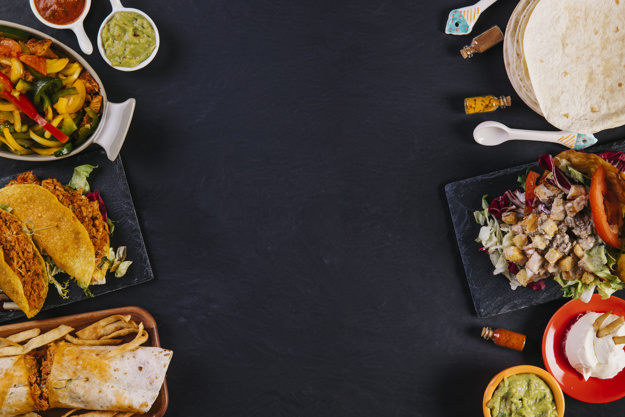
The ketogenic diet is a very trendy diet. It is an extremely low carb diet and very high in fat. After 24 to 36 hours, liver and muscle glycogen stores are depleted, insulin secretion decreases, and ketone formation (ketogenesis) becomes the only option to feed the brain. You cannot eat starchy food when you are on a ketogenic diet. Intake of fats should be around 75 to 80% of your total calories and of your protein should be moderate

To achieve the effect of ketogenesis, carbohydrate intake should be between 20g and 50g per day, mostly from vegetables low in carbohydrates. In comparison, a balanced diet provides about 175g to 250g of carbohydrate per day.
How does it help?

When you reduce your intake of carbohydrates, the levels of glucose (blood sugar) and insulin decrease, this allows the fat cells to release the water they are storing (that is why many times a loss of water is experienced first and not fat) and then the fat cells can enter the bloodstream to go to the liver.
The liver will then form “ketones” from the fat compound that will be “burned” by serving as the main source of energy. Changing to keto has a transition period where the body uses all its stored energy (glycogen reserves) and does not have enough enzymes to break down fat to produce ketones. This means that the energy does not arrive immediately so it is common to experience fatigue, headache, and dizziness during the first
Benefits on Being Keto Diet:
- Weight loss
- Regulates blood sugar levels
- Decreases anxiety for sweet foods
- Provides energy in the day
- Improves concentration and attention so it is ideal for people with dreaming disorders, attention disorders, and epilepsy.
- Regulates cholesterol and blood pressure
- Improves the health of the skin, especially when acne is affected.
- It decreases cellular inflammation present in diseases such as cancer, arthritis, autoimmune diseases etc.
What you can eat

- Vegetables: There are really no bad vegetables, but some contain more carbohydrates than others, Instead of starchy vegetables at the root, stick to those that grow above the soil and those that are high in fiber. Vegetables like Leafy Vegetables, Broccoli, Cauliflower, Cabbage, Celery, Cucumbers, Mushrooms, Onions, Tomatoes are good to go.
- Herbs and spices: They are perfect for adding flavor to your but go beyond the usual salt and pepper and generously season your meals with cumin and cinnamon, basil and oregano, parsley and paprika and turmeric, garlic and parsley, ginger.
- Fruits: Most fruits are too rich in sugar to be accepted into the keto diet, but you can consume them in moderation. Stick to small portions and try to limit your intake to one serving per day. Fruits that are consumed; Avocados, Berries like Strawberries, blueberries, raspberries, blackberries, lemons
Fats and oils, the mainstream of the keto diet, fat is the macronutrient you really need to focus on, but be sure to enjoy good fats.
The keto diet fats include

- Monounsaturated Fatty Acids (MUFA): Avocado, nut, olive, and flaxseed are optimal, Olives, Nuts and just make sure nuts are not roasted and no peanuts.
- Saturated fats: Coconut Oil, milk, cream, and grated coconut, Ghee
- Dairy Items: Cheddar Cheeses, cottage cheese (Paneer), plain Yogurt and unsweetened
- Non-Vegetarian: Seafood, especially oily fish like salmon and tuna, eggs, chicken breast, and liver are the best source of good fats in keto diet
What you cannot eat

- Cereals: Bread, rice, pasta, and oats
- Legumes and Beans: Although they are high in fiber and provide excellent nutrients, they are too rich in carbohydrates to fit the keto diet.
- Low fat and processed dairy products
- Starchy Vegetables: Starch = carbohydrates. Carbohydrates = out of limits.
- High-Sugar Fruits including apples, bananas, grapes, mangos, and pears.
- Dry fruit: Even unsweetened dried apricots, raisins, dates and contain far too much natural sugar.
- Juice, it’s like drinking liquid sugar.
- Processed / Packaged Foods
- No Sugar, a big no to sugar even if it is sugar-free.
Are there any risks?
Yes, the greatest risk is to enter a state of a keto diet, it is also common to experience certain symptoms similar to those of a cold, especially the first days of starting the diet.
- Tiredness
- Headache
- Dizziness
- Nausea
- Constipation
- Irritability